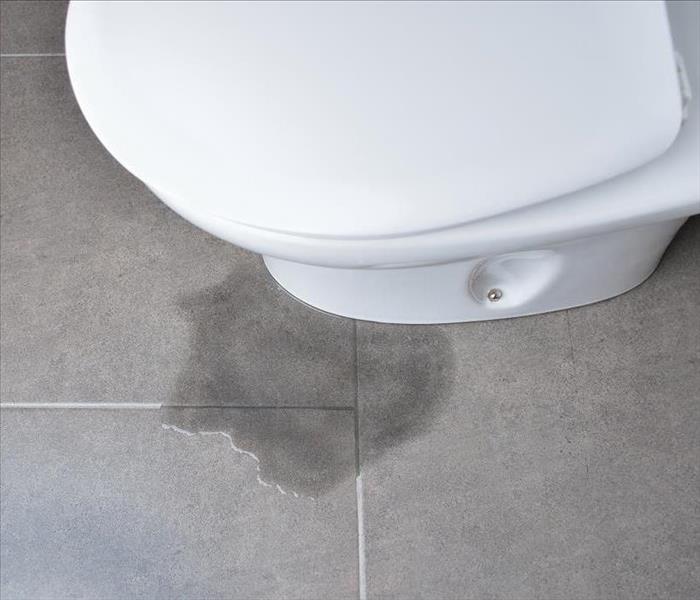Detecting Toilet Leaks | SERVPRO® of Clatsop, Columbia Counties
10/16/2020 (Permalink)
When you think about water damage to your home, you may picture something dramatic—a floor or burst pipe. But slow leaks can cause damage, too, as well as encourage black mold, which is dangerous to your health.
One common source of higher water bills, home damage and mold accumulation is a leaky toilet. Let’s look at why it’s important to identify toilet leaks, as well as how to detect them.
Breathe Safely
Leaking toilets can encourage the growth of mold—colonies of tiny, living organisms that thrive in moist, stagnant, dark environments. The darker molds pose the most danger. They can cause allergic reactions or asthma attacks—and even worsen chronic obstructive pulmonary disorder.
As well as causing mold, leaking toilets can lead to damaged floors and walls. Wood or drywall may eventually need to be replaced. In any event, you need to detect leaks quickly.
Find the Leak
Common signs of a leak will vary depending on where it occurs.
External leaks may cause:
- Water around the base of the toilet
- Discoloration or loose tiles around the base of the toilet or behind the toilet
- A “soft” feeling to the floor around the toilet
Interior leaks may cause:
- Sounds of water running or “ghost flushes”
- Having to hold or jiggle the handle to complete a flush and stop the toilet from running
You can confirm an interior toilet leak by dropping food coloring into the tank. If the color appears in the bowl without you having flushed the toilet, you have a leak between the tank and bowl.
Fixing the Leak
Depending on your skill and interest level, you may want to fix the leak yourself or defer to a plumber.
Exterior leaks, which are most often responsible for mold and home damage, may be harder to fix. For interior leaks, though, you can often attempt an easy fix by making sure the flapper seats tightly after every flush and checking that the chain is the right length to allow the flapper to open and close properly.
From fire to storm to flood, disaster can strike at any time. Contact us at any hour for assistance.





 24/7 Emergency Service
24/7 Emergency Service
